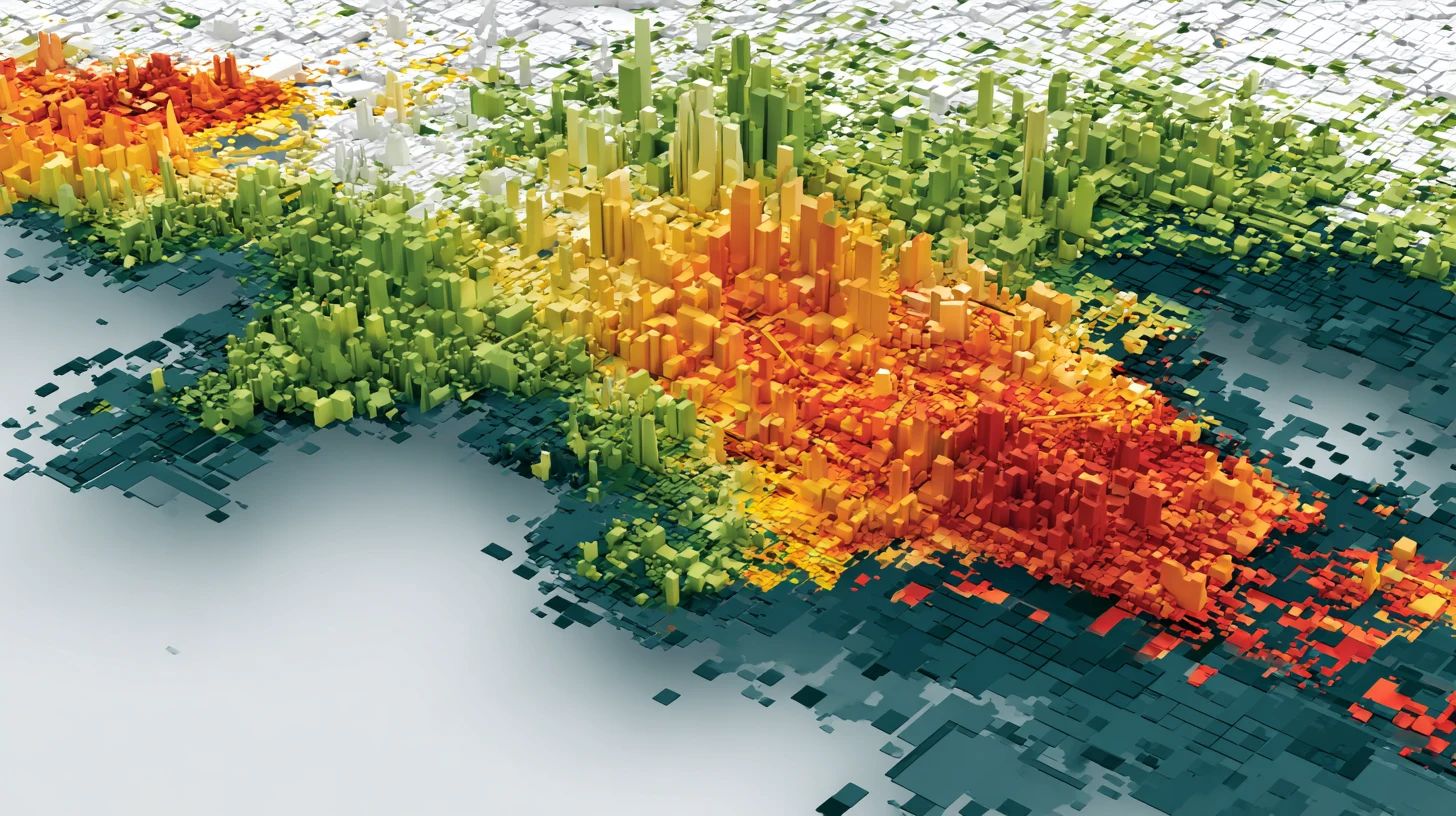
Introduction to GIS and Spatial Analysis
Course Code
GISC 28702 10
Cross Listed Course Code(s)
ARCH 28702, ENST 28702, GISC 38702, SOCI 20283, SOCI 30283
Course Description
This course provides an introduction and overview of how spatial thinking is translated into specific methods to handle geographic information and the statistical analysis of such information. This is not a course to learn a specific GIS software program. The goal is to learn how to think about spatial aspects of research questions, as they pertain to how the data are collected, organized and transformed, and how these spatial aspects affect statistical methods. The focus is on research questions relevant in the social sciences, which inspires the selection of the particular methods that are covered. Examples include spatial data integration (spatial join), transformations between different spatial scales (overlay), the computation of “spatial” variables (distance, buffer, shortest path), geovisualization, visual analytics, and the assessment of spatial autocorrelation (the lack of independence among spatial variables). The methods will be illustrated by means of open source software such as QGIS and R.
Course Criteria
This course is open to all undergraduates and is included in the Summer Institute in Social Research Methods.
Introduction to GIS and Spatial Analysis is required for the Environmental and Urban Studies major and is an approved elective for the minor. It satisfies the methods requirement in the Public Policy Studies major. It is an approved elective for the Geographic Information Science minor, the Latin American and Caribbean Studies major, the Architectural Studies minor, and the Sociology major. This course may be approved as an elective for additional majors by petition.
Instructor(s)
Crystal Bae
Other Courses to Consider
These courses might also be of interest.
 Introductory Statistical Methods and Applications for the Social Sciences
Introductory Statistical Methods and Applications for the Social SciencesThis course introduces and applies fundamental statistical concepts, principles, and procedures to the analysis of data in the social and behavioral sciences. Students will learn computation, interpretation, and application of commonly used descriptive and inferential statistical procedures as they relate to social and behavioral research. These include z-test, t-test, bivariate correlation and simple linear regression with an introduction to analysis of variance and multiple regression.
The course emphasizes understanding normal distributions, sampling distribution, hypothesis testing, and the relationship among the various techniques covered, and will integrate the use of R as a software tool for these techniques.
By the end of the course, the student will be able to (1) differentiate, utilize and apply statistical description and inference to applied research in behavioral sciences or other disciplines, (2) understand and be able to utilize various forms of charts and plots useful for statistical description, (3) understand and utilize the concept of statistical error and sampling distribution, (4) use a statistical program for data analysis, (5) select statistical procedures appropriate for the type of data collected and the research questions hypothesized, (6) distinguish between Type I and Type II errors in statistical hypothesis testing, (7) understand the concepts of statistical power and the influence of sample size on inference, and (8) summarize and write up the results.
Remote